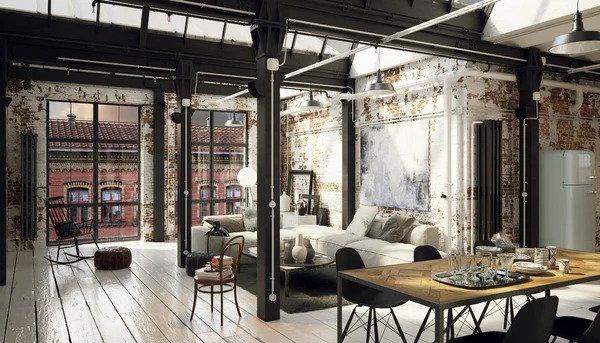In today's world, sustainability is more than just a buzzword; it's a responsibility. With the rapid degradation of our planet's health, sustainable living practices are no longer a choice but a necessity. Home decor, often seen as a reflection of one's style and aesthetic, is transforming, adopting eco-friendly practices and materials. This shift is a trend and a movement toward a sustainable future.
Sustainable Materials: The Core of Eco-friendly Design
Sustainable materials are those that have been sourced responsibly and have a minimal impact on the environment. These materials ensure that the ecological balance is maintained and reduce carbon footprints. Some popular examples include:
Reclaimed Wood: Using old wood, which might otherwise be discarded, is a fantastic way to bring warmth and rustic charm to your space. Additionally, by reusing this material, we reduce the need for deforestation.
Bamboo: Bamboo grows rapidly, making it a renewable resource. Its versatility means it can be used in various decor, from flooring to furniture.
Recycled Glass: Glass recycling is a process that turns used glass containers into new products. We can reduce raw material usage and decrease energy expenditure by opting for decor items made from recycled glass.
Green Manufacturing and Ethical Sourcing
Ethical sourcing and green manufacturing are critical components of sustainable home decor. It's not just about the materials used but also the process of creating these items:
Reduced Carbon Footprint: Many sustainable decor brands focus on localized manufacturing, reducing the distances products need to be transported. This results in a significant drop in carbon emissions.
Artisan Support: Purchasing items from local artisans promotes unique, handcrafted products and ensures fair wages and practices.
Waste Reduction: A Conscious Decision
Waste reduction is an intrinsic part of the sustainable decor. A few ways to achieve this include:
Upcycling involves taking old or discarded items and giving them a new purpose. For example, turning an old ladder into a bookshelf or transforming discarded jars into decorative lanterns.
Minimalistic Approach: Adopting a minimalistic design philosophy ensures that every piece in your home has a purpose, reducing unnecessary clutter and waste.
Energy Efficient Decor
Energy efficiency in home decor is achieved primarily through lighting and appliances:
LED Lighting: These lights are long-lasting and consume significantly less electricity than traditional bulbs.
Solar Lights: For outdoor spaces, solar lights are a fantastic option. They harness energy from the sun, reducing the need for electricity.
Incorporating Natural Elements
Nature plays a pivotal role in the sustainable decor. Incorporating natural elements brings a sense of tranquillity and has several benefits:
Indoor Plants: Besides being aesthetically pleasing, indoor plants improve air quality by absorbing pollutants.
Natural Light: Maximizing natural light reduces electricity consumption and creates a warm and welcoming ambiance.
The Future of Sustainable Home Decor
The trajectory toward sustainable home decor is promising. As more individuals become conscious of their choices and environmental impact, the demand for eco-friendly products will surge. Brands will innovate, creating products that are not only eco-friendly but also affordable, bridging the gap between sustainability and style.
In conclusion, sustainable home decor is about more than just being trendy. It's a holistic approach encompassing responsible sourcing, ethical practices, and a genuine concern for the planet. With each choice we make, we can influence change, making our homes reflect our values and commitment to the environment.
